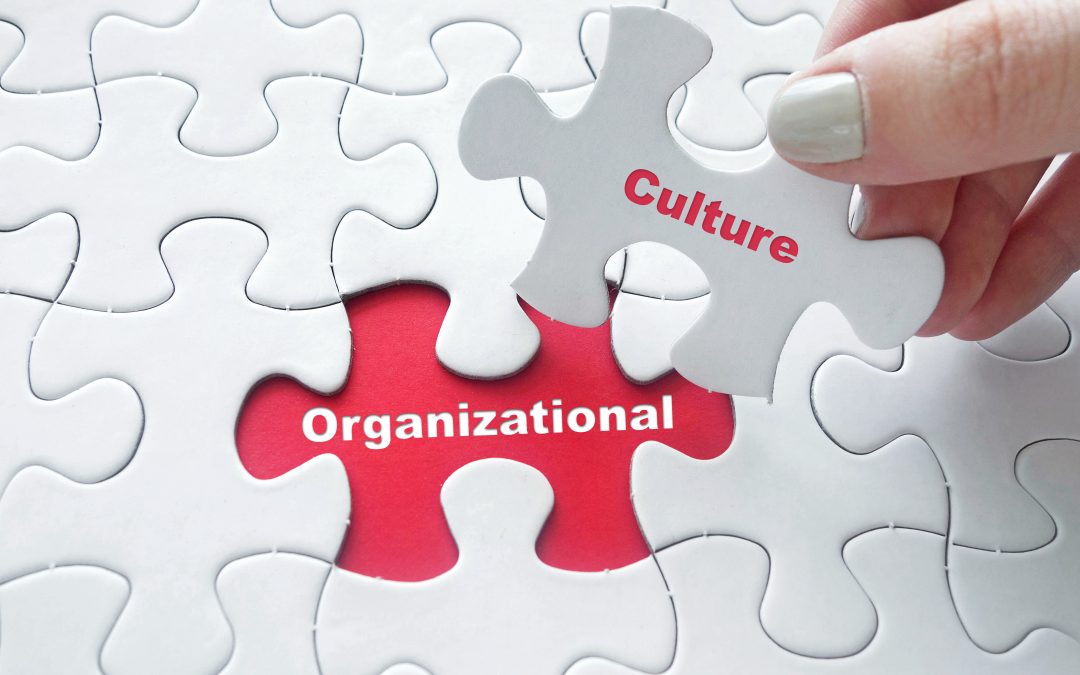Organizational culture can be quite an abstract or subjective “thing”. However, if you spend about 5 minutes in an organization, you will likely get a vibe about the culture, good or bad. And every organization – from small businesses with only a few staff members to large multinational companies with thousands of employees – does have a culture. I recall taking my vehicle in for regular maintenance work at a particular dealership. Every time I was there, employees seemed loathe to utter a word to each other, and most interactions between employees seemed distant and cold. Each time I was there, I couldn’t help but think, “Wow, this seems like a great place to work!” (Note the sarcasm). Now, I was getting a relatively small snapshot of the organization; however, if staff interacted like this in front of customers, I have a feeling that my overall assessment of the company culture was on the mark. Organizational culture develops over time, and the tone is usually set by leaders at the top. Using an example from the airline industry, Air Canada and WestJet have distinct cultures – Air Canada more “serious”, while WestJet is known for having some fun. Now this doesn’t necessarily make one better or worse than the other, just different. And the types of employees that these organizations attract will likely not be the same. Perhaps an employee who fits in really well at Air Canada may not be right for WestJet.
As a leader, it’s important to keep tabs on your organization’s culture. If you feel that it isn’t where you’d like it to be, make incremental changes in order to move the culture to a desired state. The difference between an unhealthy and a healthy work culture can be significant to your bottom line. For example, it will be difficult to retain employees if the culture is unhealthy. This will then lead to knowledge exiting your company, along with the costs associated with recruiting new employees. If the culture is problematic, employee morale and engagement will be low, which translates to issues such as increased absenteeism and lower output or productivity.
Further to the above Air Canada / WestJet example, another reason to understand your work culture is so that you can recruit individuals who are suited for your organization. For example, if your employees spend most of the day in the “grey zone” (ie. lots of variability in the day and not much in the way of structure) you will want to avoid hiring those that work well in a defined, structured environment. It’s important to focus on the culture/environment in the interview process to ensure that you are hiring the right candidate. Additionally, this provides candidates with a realistic preview of what the organization is like, and allows candidates to ideally self-select out of the recruitment process if they are not comfortable with the culture.
Our next blog post will be a continuation of this one, where we look at ways to build a healthy organizational culture.

